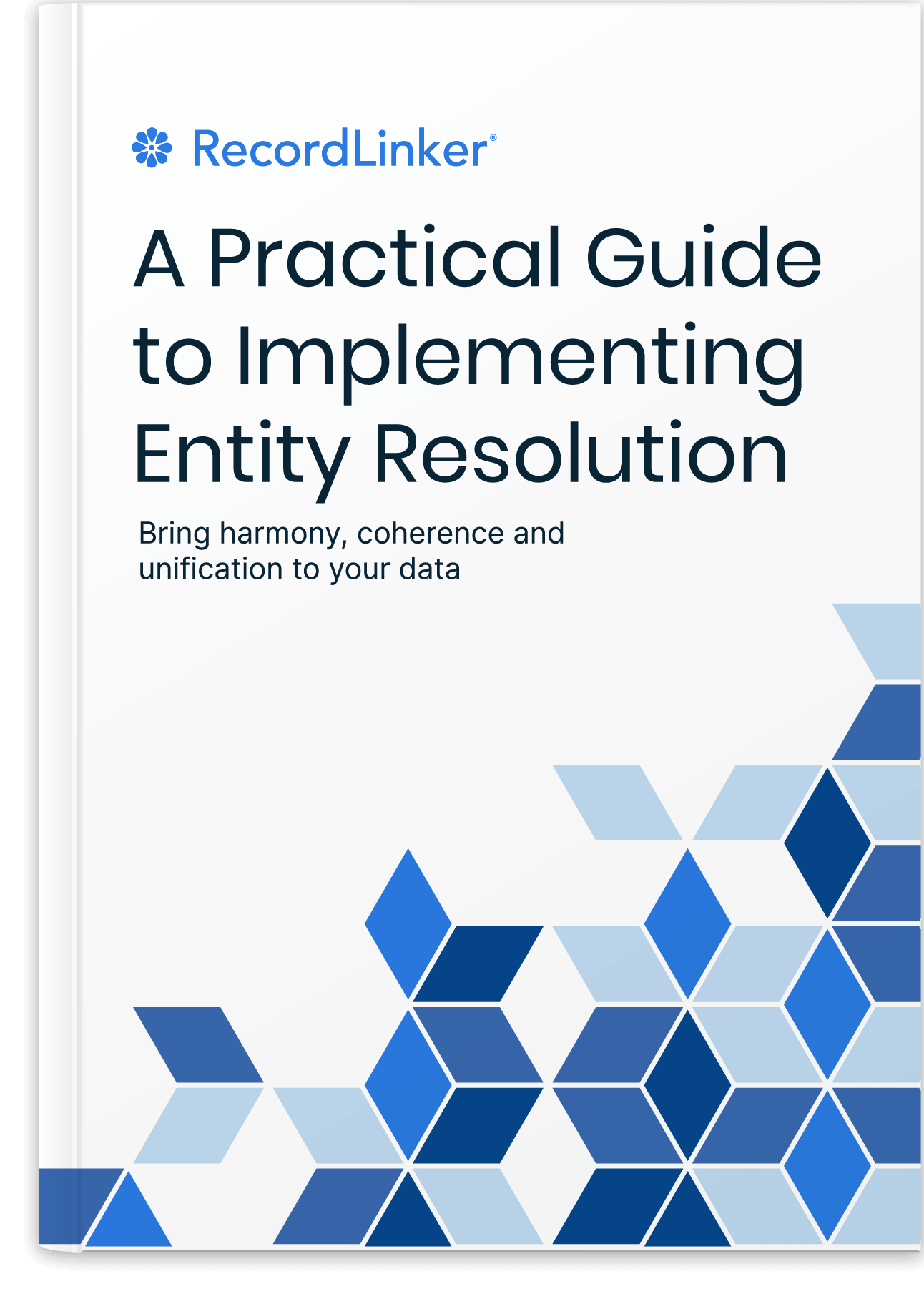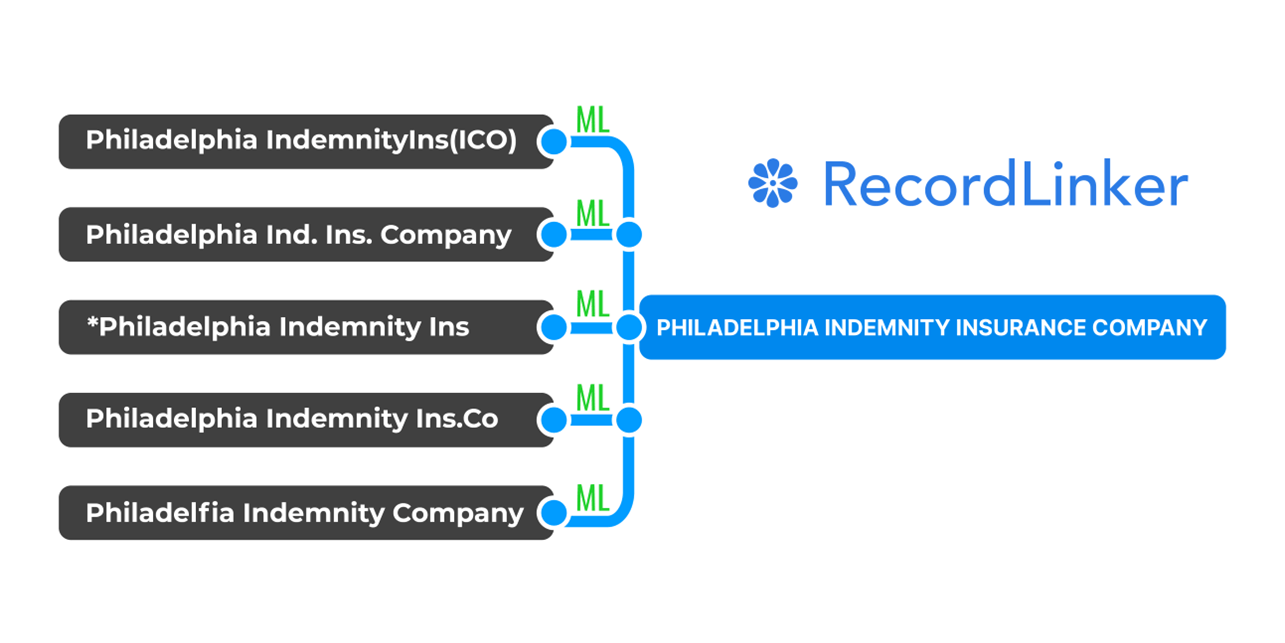Data Stewardship Explained: The Backbone of Data Management
Data management cannot happen without people, practices, and proper tools. Ever-growing data sets require careful monitoring, maintenance, and assessment. You can’t leave everything solely to software and automation – or you open your organization to deterioration of your data assets and potential risks. Specialists are an important safeguard to what happens with your data. Data stewards are one of the key – often invisible and underappreciated roles – in keeping your data accurate, consistent, compliant, and useful.
Data stewardship is critical because it underpins effective data management practices, supports risk management efforts, enhances data security, and enables informed decision-making. By thoughtfully approaching this area, organizations can unlock the path to being data-driven and maintain this state as their data assets grow exponentially.

Data can be both an asset, but as it grows and gains inertia, it could easily become a liability.
From customer information to sales figures, data holds the key to unlocking valuable insights that can drive growth and success. However, managing this data effectively requires a strategic approach. This is where data stewardship comes into play.
Let’s explore what data stewardship means, why it’s important, and how businesses can implement it to optimize their data management processes.
What Is Data Stewardship?
At its core, data stewardship involves the oversight and management of data assets within an organization. Think of data stewards as the custodians of data, responsible for ensuring its quality, accuracy, and compliance. Their duties may include tasks such as data profiling, cleansing, and metadata management. By maintaining high standards for data integrity, stewards help ensure that data remains reliable and actionable for decision-making purposes.
Data Steward’s Responsibilities
We’ve put together a list of responsibilities to show you just how big of a role data stewards play. Data stewardship is a great obligation, covering a surprisingly large scope – but it’s essential for keeping your data in shape and making sure it’s reliable and useful.
- Ensuring data accuracy – verifying and validating data to ensure it is accurate and free from errors or inconsistencies.
- Data quality assurance – implementing processes to maintain high standards of data quality throughout its lifecycle.
- Data profiling – analyzing data to understand its structure, content, and quality characteristics.
- Data cleansing – identifying and rectifying errors.
- Metadata management – managing metadata to provide context and understanding of data assets.
- Data governance and privacy compliance – ensuring that data management practices comply with relevant regulations, policies, and standards.
- Data access control – managing access permissions and controls to protect sensitive data from unauthorized access.
- Data documentation – documenting data sources, definitions, and lineage to ensure transparency and traceability.
- Stewardship documentation – developing policies, procedures, and guidelines.
- Data advocacy and training – providing training and guidance to stakeholders on data management best practices and policies.
- Data security – implemeting measures and overseeing procedures to safeguard data against security threats and breaches.
- Data usage monitoring – monitoring data usage and access patterns to identify potential issues or anomalies.
- Data stewardship reporting – generating reports and metrics to track data quality, compliance, and stewardship activities.
- Cross-sectional collaboration – collaborating with other stakeholders, such as data owners, program managers, users, and IT teams, to ensure effective data stewardship across the organization.
- Continuous improvement – staying current with industry trends and best practices in data management to continuously improve processes and strategies, as data management is an iterative endeavor.
Some of these duties are spread across different teams and roles, often seeing at least a degree of automation, or belong to a dedicated data governance team.
However, data stewards still remain close to these issues, act as liasons, subject experts, and advisors for specific matters. It’s worth noting that a data steward must be a knowledgeable person – versed in the ways the industry, stakeholders, and end-users make use of data.
Data Stewardship vs. Data Governance
Data stewardship and data governance are integral components of effective data management within organizations. Together, they form a cohesive approach for ensuring the integrity, quality, and security of organizational data assets.
At its core, data stewardship focuses on the day-to-day management and oversight of data assets. Data stewards, often subject matter experts, are responsible for tasks such as data profiling, cleansing, and metadata management. Their primary goal is to ensure that data is accurate, reliable, and fit for purpose, meeting the needs of users across the organization.
Data governance, on the other hand, provides the overarching structure and governance framework within which data stewardship operates. It defines the rules, policies, and guidelines for managing data assets consistently and effectively. This includes establishing roles and responsibilities, defining data standards and policies, and implementing mechanisms for quality control and oversight.
While data stewardship focuses on the execution of data management tasks, data governance sets the rules and guidelines for how data should be managed, stored, and accessed. Data stewards play a crucial role in implementing and enforcing data governance policies, ensuring that data management practices align with organizational goals and objectives.
Together, data stewardship and data governance work hand in hand to maximize the value of organizational data assets and mitigate risks. By leveraging both practices, organizations can establish a solid foundation for data management excellence, driving better business outcomes and achieving greater success in becoming data-driven.
The Importance of Data Stewardship
Data stewardship plays a crucial role in supporting informed decision-making and driving business growth.
Without effective data management practices in place, organizations risk facing serious challenges, including unreliable reporting, misinformed decisions, data breaches, compliance issues, and reputational damage. By implementing a data stewardship processes, businesses can mitigate these risks and enjoy benefits, including improved data quality, enhanced data security, and increased operational efficiency.
Key Principles of Data Stewardship
Effective data stewardship is guided by a set of key principles, including accountability, transparency, and collaboration. These principles form the foundation for data governance, data lifecycle management, and data access control within an organization.
By following them, businesses can ensure that data stewardship activities are conducted in a consistent and systematic manner, leading to better outcomes for the organization as a whole.
Implementing Data Stewardship in Your Organization
Implementing data stewardship within your organization requires careful planning and strategic execution. Here’s how you can get started:
1. Develop a Data Stewardship Strategy
Begin by crafting a comprehensive data stewardship strategy that outlines your organization’s approach to managing and overseeing data assets. Define the objectives, scope, and desired outcomes of your data stewardship initiative, ensuring alignment with broader business goals and priorities.
2. Identify Key Stakeholders
Identify key stakeholders across the organization who will be involved in or impacted by the data stewardship initiative. This may include executives, department heads, IT personnel, data analysts, and other relevant parties. Engage stakeholders early in the process to encourage their input, gather requirements, and gain buy-in for the initiative.
3. Define Roles and Responsibilities
Clearly define the roles and responsibilities of data stewards within your organization. Determine who will be responsible for overseeing data management activities, enforcing data governance policies, and ensuring data quality and integrity. Assign specific tasks and duties to each role to avoid confusion and ensure accountability.
4. Establish Clear Governance Structures
Establish clear governance structures to govern the data stewardship initiative effectively. This may include creating a data governance committee or steering group responsible for setting policies, making decisions, and providing oversight. Define decision-making processes, escalation procedures, and communication channels to ensure that data stewardship activities are conducted in a transparent and consistent manner.
5. Gain Buy-In Across the Organization
Gain buy-in from stakeholders across the organization by communicating the importance and benefits of data stewardship. Explain how data stewardship supports broader business objectives, such as improving decision-making, enhancing operational efficiency, and mitigating risks. Foster a culture of data stewardship by promoting awareness, education, and engagement among employees at all levels.
Free Book: Practical Guide to Implementing Entity Resolution
Interested in implementing an in-house record matching solution with your own development team without using any outside vendors or tools?

6. Implement Supporting Processes and Technologies
Implement supporting processes and data technologies to facilitate data stewardship activities. This may include deploying data governance tools, data quality management software, and data lineage tracking systems to automate and streamline data management tasks. Provide training and support to data stewards and end-users to ensure that they can effectively leverage these tools and processes.
7. Monitor and Evaluate Performance
Monitor and evaluate the performance of your data stewardship initiative on an ongoing basis. Establish key performance indicators (KPIs) to track progress towards your objectives, such as data quality metrics, compliance levels, and stakeholder satisfaction. Regularly review performance data, gather feedback from stakeholders, and make adjustments to your approach as needed to ensure continuous improvement.
By following these steps, you can successfully implement data stewardship within your organization, laying the foundation for effective data management practices and driving better business outcomes.
Best Practices for Effective Data Stewardship
To maximize the effectiveness of data stewardship initiatives, it’s advisable to follow best practices. Data stewardship should be viewed as a shared responsibility, rather than solely the domain belonging to a specific title.
1. Cultivate a Culture of Data Ownership
Instill a sense of accountability and ownership among all stakeholders towards data stewardship. Encourage employees at every level to take responsibility for the quality, accuracy, and security of the data they interact with. Foster a mindset where data is viewed as a valuable organizational asset that requires collective stewardship. Many issues and unnecesary work can get mitigated in points where data comes into your organization.
2. Empower Data Stewards with Decision-Making Authority
Empower data stewards with the authority to make timely decisions regarding data management. Provide them with the autonomy to implement data governance policies, enforce data quality standards, and resolve data-related issues efficiently. By empowering data stewards, organizations can streamline decision-making processes and enhance data integrity. Data stewards hold great expertise, covering industry and organization – use that to your advantage, making them included and heard at higher levels of decisions.
3. Prioritize Data Accessibility and Transparency
Prioritize data accessibility and transparency to ensure that relevant stakeholders have access to the data they need when they need it. Implement data governance practices that promote transparency in data management processes, such as data cataloging and documentation. Facilitate easy access to data through user-friendly interfaces and self-service analytics tools, empowering users to leverage data for informed decision-making.
4. Foster Cross-Functional Collaboration
Promote collaboration and communication across different departments and teams to facilitate cross-functional data stewardship efforts. Encourage collaboration between business users, IT teams, data stewards, and other relevant stakeholders to ensure that data management practices are aligned with business objectives. Foster a culture of collaboration where individuals share knowledge, insights, and best practices to collectively drive data stewardship excellence and benefit business as a whole.
5. Implement Effective Master Data Management (MDM)
Implement robust master data management (MDM) practices to ensure the consistency, accuracy, and reliability of critical data entities across the organization. Establish centralized repositories and governance processes for master data such as customer, product, and employee information. Define data stewardship roles and responsibilities within the MDM framework to govern the creation, maintenance, and quality of master data. By effectively managing master data, organizations can improve data consistency, enhance decision-making, and drive operational efficiency.
Data Stewardship Wrapped Up
Data stewardship is a critical component of effective data management within an organization. By prioritizing data stewardship and implementing robust processes and principles, businesses can unlock the full potential of their data assets to gain a competitive advantage.
By working together to ensure the integrity, reliability, and usability of data, business owners and decision makers can enable excellence, efficiency, and greater innovation.
Suggested Reading About Data Management and Solutions
Check our recommended reading list for practical insights and easy-to-understand resources to help you establish good data practices in your organization. Proper data management is not simple – learn foundational concepts to discover helpful solutions to your data challenges.
- 5 Key Components of Master Data Management
- Master Data Management Implementation: Best Practices
- MDM and Machine Learning For Improved Data
- Creating a Canonical Record Set For Efficient Data Management
- Matching Data in Excel: Why You Shouldn’t Do That
- [Guide] Building Your Own Record Linkage Solution
- Optimizing Your ERP’s Master Data For Better Performance

RecordLinker uses Machine Learning to normalize records across your data systems!
Interested in improving the quality of your data? You can improve your capacity for keeping your data accurate, consistent, and linked throughout disparate systems. It’s a good way to take the brunt of tedious work off your data stewards, admins, and data conversion specialists in a super scalable and user-friendly way.
RecordLinker can help create your master data management program without the need to build it completely from ground-up. Our data matching and management platform can quickly connect your disparate data sources, identify and deduplicate records, and keep your data clean and up-to-date.
To learn more about how RecordLinker can help you improve the quality of your data, request a free demo!




